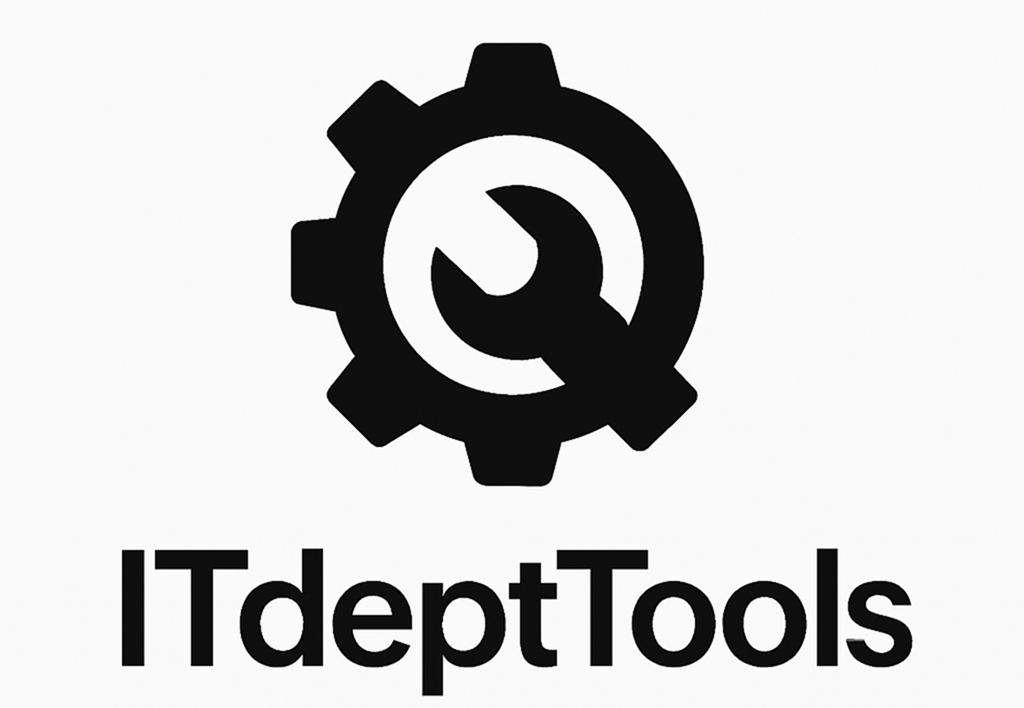Let’s face it: relying on a single cloud provider in today’s world feels… risky. Outages happen. Costs spike. Regions go down without warning. That’s why more and more enterprise teams are leaning into multi-cloud setups. But here’s the catch — stitching together networks across different clouds isn’t as simple as firing up a few VPN tunnels and calling it a day.
This is where multi-cloud networking (MCN) earns its keep — by turning scattered infrastructure into something resilient, secure, and manageable.
When One Cloud Isn’t Enough
Imagine your main app runs on AWS, but your analytics workloads are housed in GCP. Maybe you’ve got backups and compliance workloads in Azure. Now imagine something breaks — a DNS failure, a peering issue, a regional outage. Without multi-cloud connectivity, failover isn’t just slow — it’s often impossible.
Multi-cloud networking gives you options. With the right setup, traffic can reroute in real-time. Critical services stay online. Users barely notice. And your team? They sleep a little easier.
Sounds Great — But How Does It Actually Work?
– Redundant routing across clouds: Engineers use BGP or dynamic overlays to keep routes alive and adaptive. This isn’t theory — many large orgs already run cross-cloud routing that automatically detects and bypasses failures.
– Consistent network policies: Instead of managing ACLs separately in AWS, Azure, GCP, etc., MCN platforms let you apply security rules globally. Think of it as zero-trust, but cloud-aware.
– Centralized observability: You’ll want a unified view of your metrics and flows. Tools like VictoriaMetrics (as a back end for Prometheus) let you pull in data from all clouds without breaking the bank or your RAM limits.
– Overlay networks that just work: VPNs are fine, but overlay solutions like WireGuard mesh, service mesh extensions (e.g., Istio multi-mesh), or commercial MCN platforms (Aviatrix, Alkira, etc.) offer more control and visibility.
But It’s Not Plug-and-Play
No one said multi-cloud was easy. You’ll have to deal with:
– Latency quirks between regions
– Non-uniform MTU sizes
– Differences in naming, tagging, and identity models
– Surprisingly high egress costs
– Monitoring and alerting across trust boundaries
Still, with careful planning — and the right tooling — it’s absolutely doable. And the upside is huge: resiliency, vendor independence, traffic optimization, and better alignment with business continuity goals.
Final Thought
Multi-cloud networking isn’t something you “bolt on” when things go wrong. It’s something you build deliberately — so that when things do go wrong, they don’t take you down with them.
If you’re managing corporate infrastructure in 2025, this is the network layer you want to get right.

